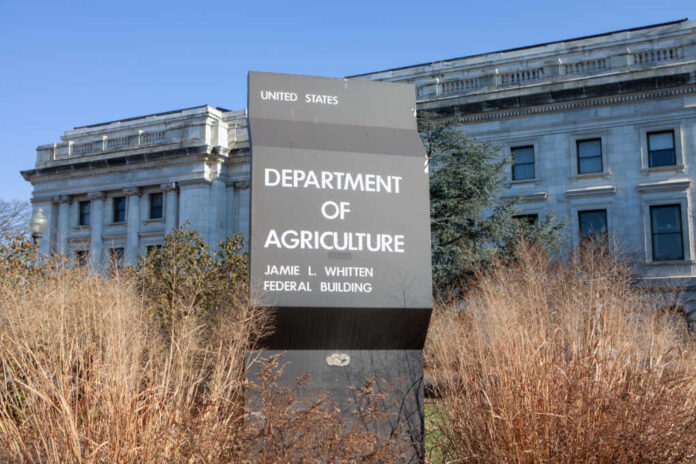
A flesh-eating parasite outbreak in Mexico has triggered a U.S. livestock import ban and renewed criticism of Mexico’s refusal to cooperate on urgent biosecurity threats.
At a Glance
- USDA halted all livestock imports from Mexico due to a New World Screwworm outbreak.
- The parasite, eradicated in the U.S. since 1966, causes severe infections in mammals.
- Mexico has restricted U.S. eradication efforts, including sterile fly drops and equipment access.
- The 1960s screwworm outbreak took decades for the U.S. cattle industry to recover from.
- Officials warn wildlife migration across the southern border could spread the parasite into Texas.
Another Border Crisis Mexico Refuses to Help With
The U.S. has once again suspended all cattle, horse, and bison imports from Mexico after confirming an outbreak of New World Screwworm—flesh-eating larvae that infest and consume the living tissue of mammals. Agriculture Secretary Brooke Rollins announced the decision, warning that the last U.S. outbreak took 30 years to contain and caused catastrophic economic damage.
The parasite, discovered roughly 700 miles from the border, is a known threat to both livestock and wildlife. Despite this, Mexico has reportedly restricted U.S. sterile fly operations—a crucial method for controlling the pest—and imposed duties on critical eradication equipment. The USDA is enforcing the ban on a rolling, month-by-month basis to contain further risk.
Watch a report: Flesh-eating parasite threatens U.S. cattle supply.
Political Friction Meets Biological Threat
The controversy isn’t new. In November 2024, the U.S. halted imports over a similar outbreak in southern Mexico. Imports resumed in February after promises of increased surveillance. But by April, Mexico had resumed obstructions, triggering the current crisis.
“This is not about politics or punishment of Mexico,” said Rollins. “It is about food and animal safety.” Still, critics argue that Mexico’s pattern of undermining cooperative health initiatives, from screwworm containment to narcotics enforcement, shows a disturbing lack of alignment with shared interests.
The USDA’s proven solution—flooding infected areas with sterilized male flies to stop reproduction—has been effective for decades. But this technique requires binational coordination, which Mexico is currently hampering.
Wildlife at the Biosecurity Front Line
The USDA’s ban targets livestock, but animals don’t recognize borders. Texas ranchers are now facing a new threat: cross-border migration from wildlife like javelinas and white-tailed deer, which could carry the parasite north. With thousands of humans and animals crossing into the U.S. daily, experts warn that this outbreak could slip past official controls.
Symptoms in infected animals are grim—aggression, isolation, loss of appetite, and the unmistakable stench of decaying flesh while alive. As the parasite spreads through open wounds, it renders livestock unsellable and endangers entire ecosystems.
The USDA is calling for swift containment. But unless Mexico reverses course and supports coordinated eradication, the consequences may again span decades—and billions of dollars.




















